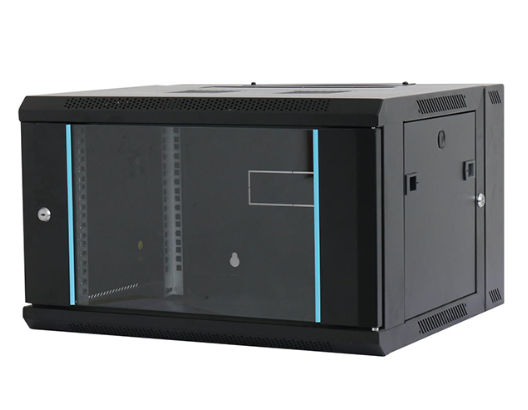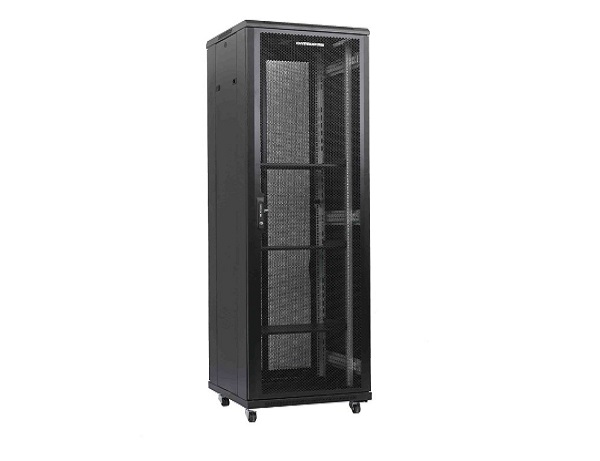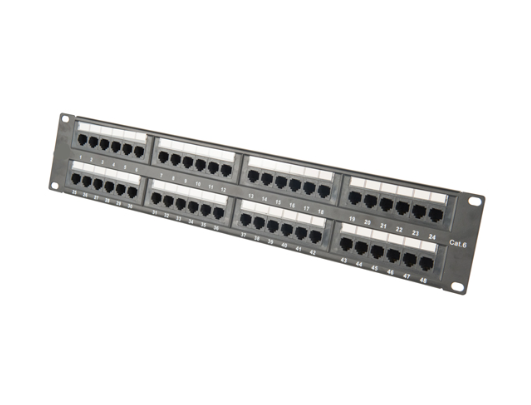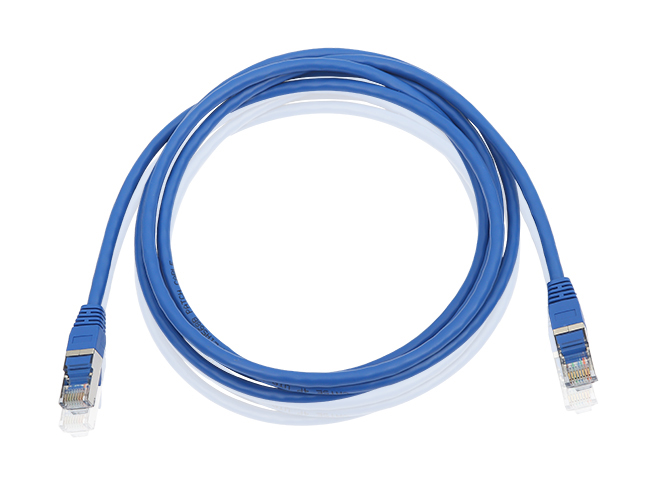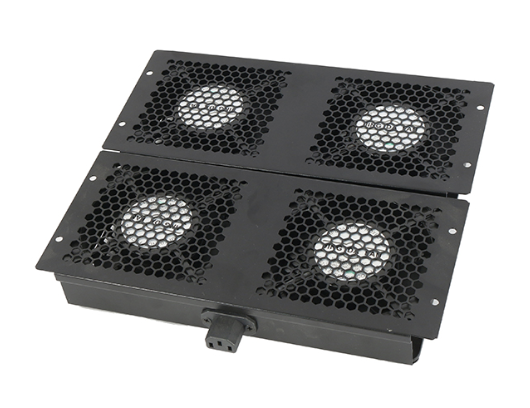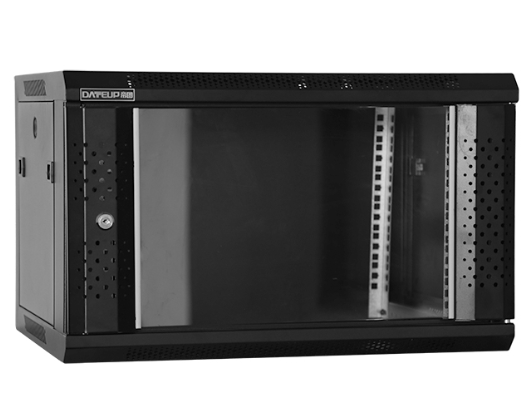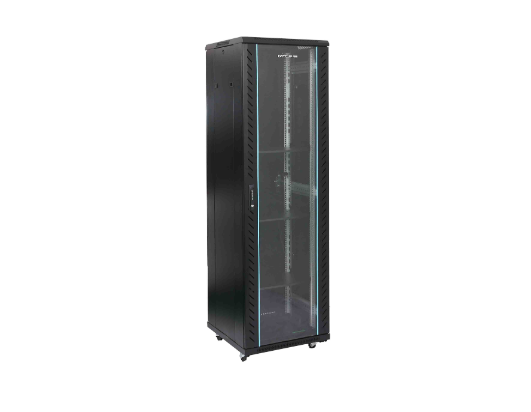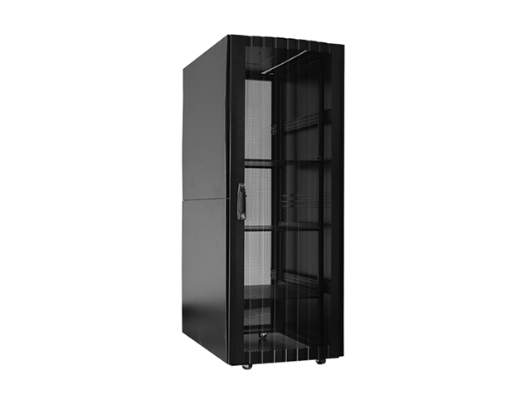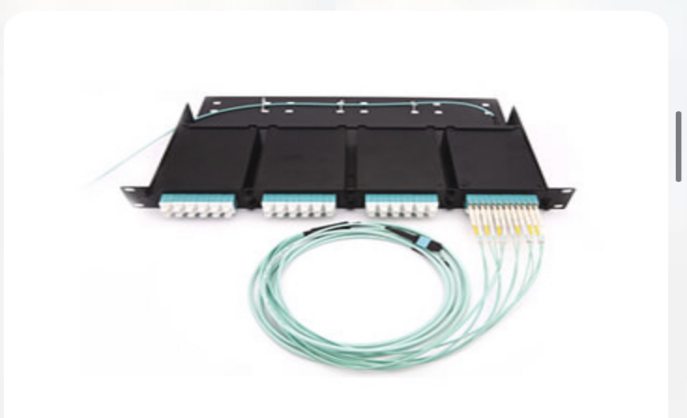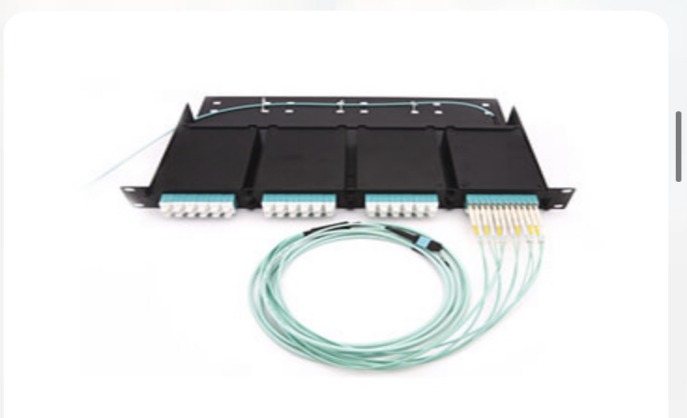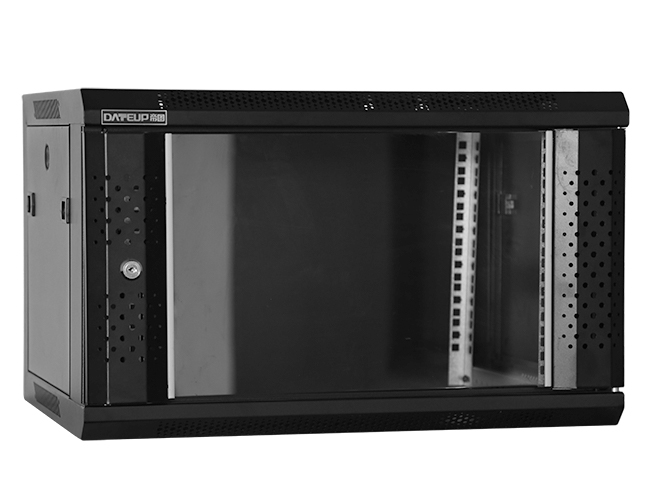Copyright © 2020 Shenzhen Leo Network Technology Co., Ltd All rights reserved. Site Map Powered by iwonder.cn
- Network Cabinet Systems
- Copper Cable Systems
-
Fiber Optic Systems
- MPO Pre-terminated Fiber Optic System
- Indoor Fiber Optical Cable
- Outdoor Fiber Optical Cable
- Bow-type Drop Cable
- Fiber Patch Cords
- Optical Splitter
- Fiber Adapter
- Fiber Optical Patch Panel
- Fiber Media Converter
- ONU And OLT
- SFP Module
- Fiber Optic Distribution Box
- Fiber Optic Splice Closure
- Optical Fiber Test Equipment
- Fiber accessories

